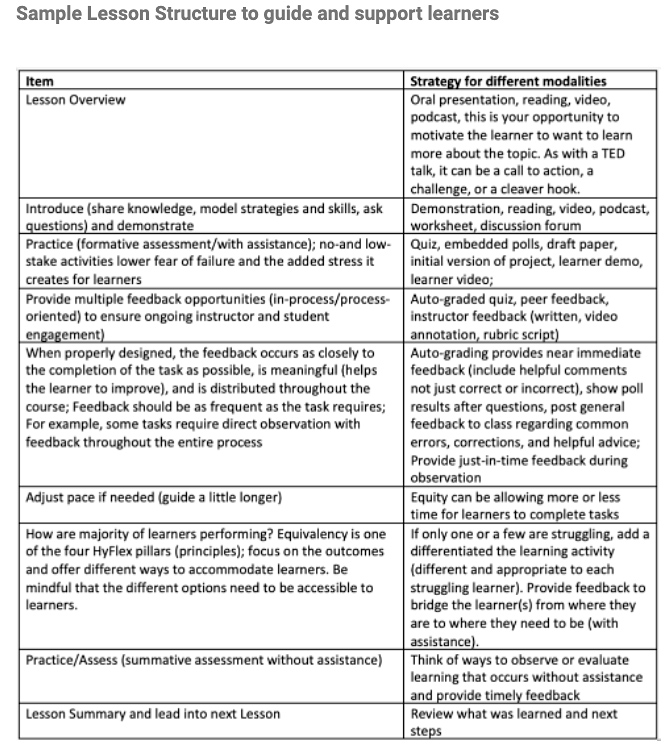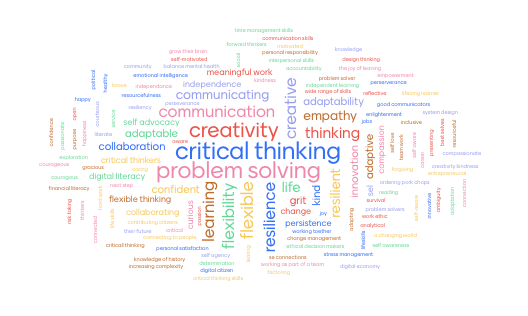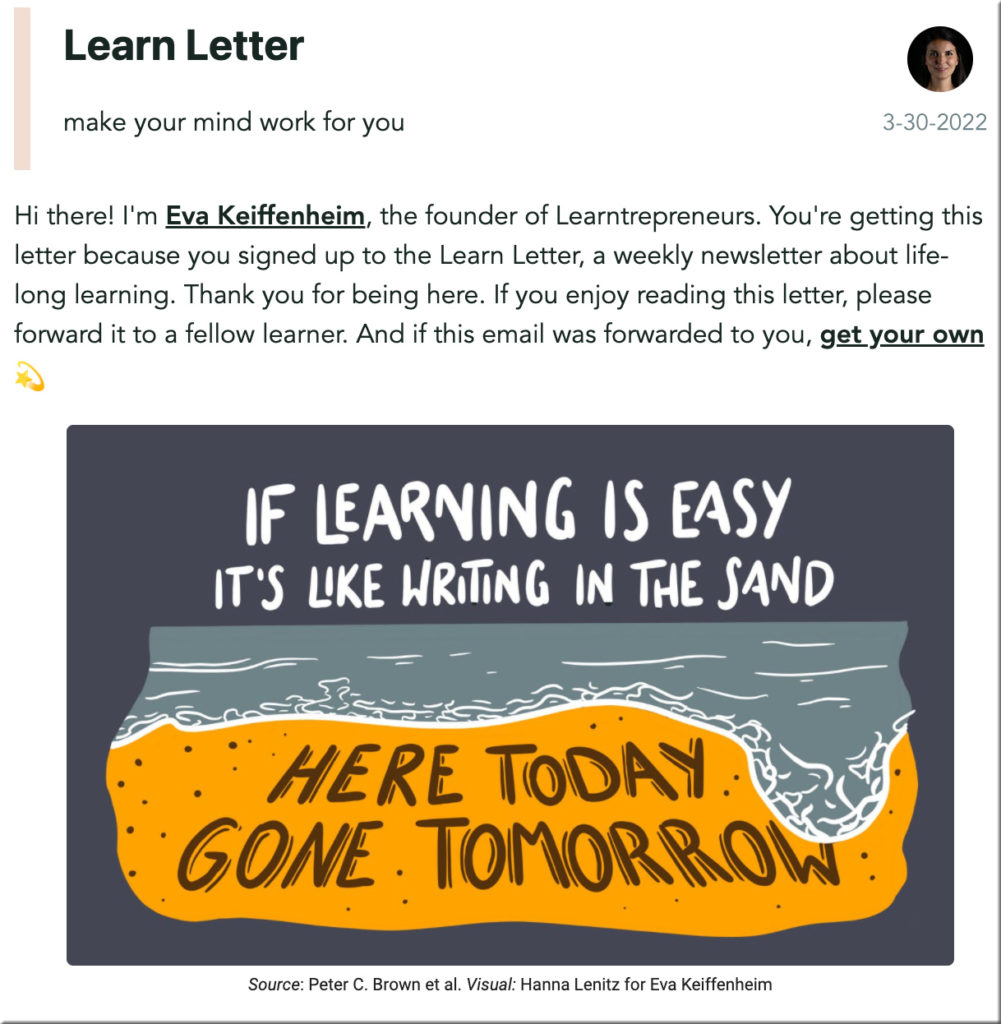4 Online Tactics to Improve Blended Learning — from campustechnology.com by Megan Burke, CPA, Ph.D.
An accounting professor shares how best practices from online pedagogy have helped her create a blended learning environment that supports student success.
Excerpts:
Now that students are back in the classroom, I have been combining these tactics with in-person instruction to create a blended learning environment that gives my students the best of both worlds.
The right activities, on the other hand, can make a significant difference. For example:
- Breakout rooms (for think/pair/share);
- Polls and quizzes that are low-stakes and anonymous to encourage full engagement;
- Using the whiteboard option; and
- Having reviews of material at the end of class.
I also encourage faculty (and myself!) to get out and meet with employers and ask what we can do to better prepare students, so that we can get a better feel for what first-year staff really need to know — and ensure that we present that knowledge and information in the classroom.














